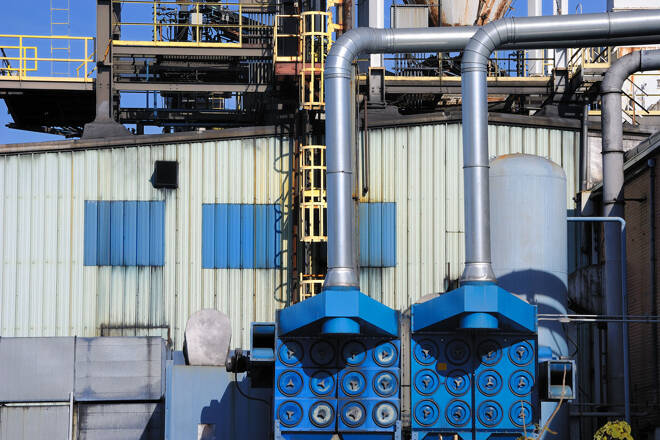Advertisement
Advertisement
China Stats Fail to Live Up to PMI-Fueled Market Expectations
By:
It was a busy morning for the markets, with China stats in focus. However, the numbers failed to impress, leaving the Kiwi in the red.
It was a busy morning on the Asian economic calendar, with all eyes on economic indicators from China.
Following the hotter-than-expected private sector PMI numbers for February, the numbers needed to align with the PMIs to support a bullish morning session. The market focus was on industrial production and retail sales.
Industrial production increased by 2.4% year-over-year in February versus 1.3% in January. Retail sales increased by 3.5%, reversing a 1.8% fall from January. Economists forecast retail sales to rise by 1.5% and industrial production to increase by 2.6%.
Other stats included fixed asset investments and unemployment numbers. Fixed asset investments increased by 5.5% versus a 5.1% rise in January. Economists expected fixed asset investments to increase by 4.4% year-over-year. China’s unemployment rate increased from 5.5% to 5.6%.
The AUD/USD responded favorably to the stats, while the NZD/USD struggled. The numbers were disappointing and failed to meet market expectations. The February PMI had raised hopes of an impressive start to the post-COVID zero policy era.
AUD/USD Price Reaction to the China Stats
Ahead of the economic indicators, the AUD/USD fell to a morning low of $0.66570 before rising to a pre-stat high of $0.66930.
However, in response to the numbers, the AUD/USD rose to a session high of $0.67115 before easing back.
The Aussie was up 0.22% to $0.66967 this morning.
Up Next
Looking ahead to the US session, it is a busy day on the US economic calendar. US retail sales and wholesale inflation figures for February will draw interest. A pickup in wholesale inflation and another jump in retail sales could force the Fed to take more aggressive measures to cool the economy.
There are also no FOMC member speeches to consider. The Fed entered the blackout period on Saturday, leaving investors to consider how the Fed would respond to the numbers.
About the Author
Bob Masonauthor
With over 28 years of experience in the financial industry, Bob has worked with various global rating agencies and multinational banks. Currently he is covering currencies, commodities, alternative asset classes and global equities, focusing mostly on European and Asian markets.
Advertisement
